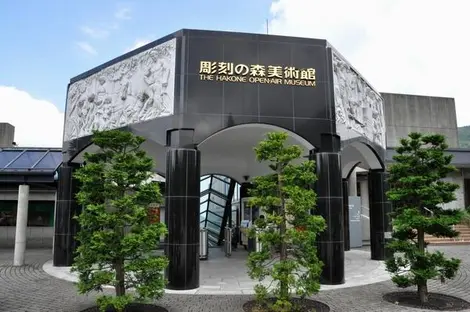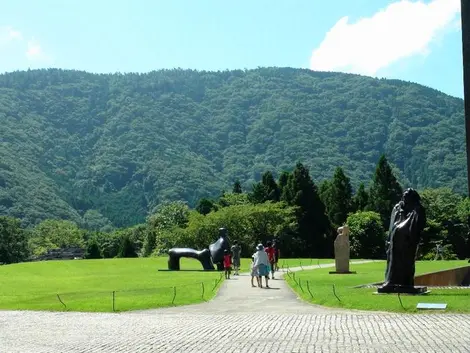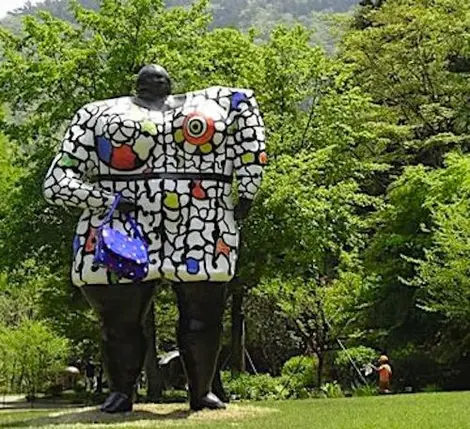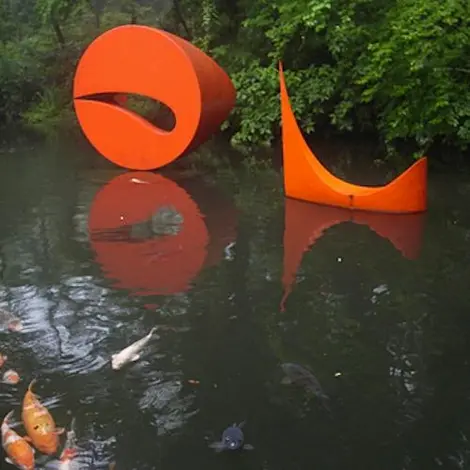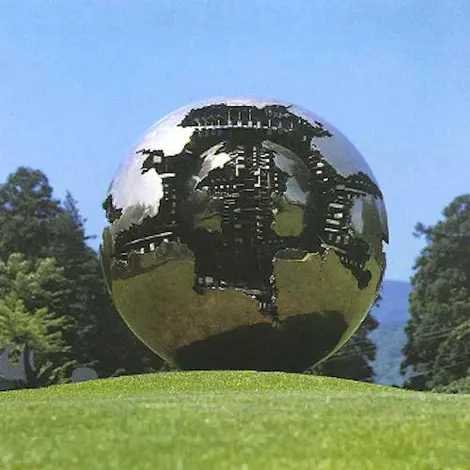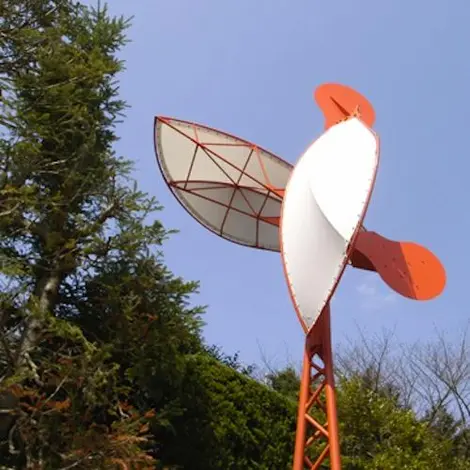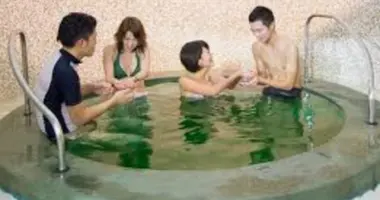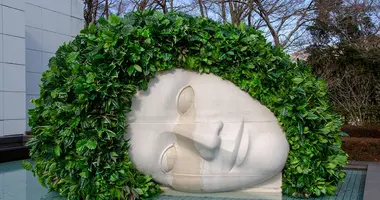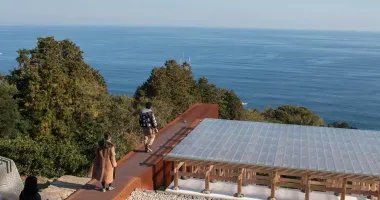Chokoku No Mori Museum 箱根彫刻の森美術館
- Published on : 08/12/2014
- by : E.P.
- Youtube
Outdoor art
This unusual museum is experienced by way of a walk through a hundred sculptures in a natural setting.
Art frequently addresses the question: Is art a representation of nature, or an imitation? Art and nature, art against nature, art through nature or natural art... there is nothing more "natural" than to close the loop with the Chokoku No Mori open-air museum, which makes a convincing show of demonstrating that art can be in nature, as nature can be in art.
Opened in 1969, the first open-air museum in Japan immediately charmed visitors with the setting in which it was created. A green hill, a panorama of valleys and mountains with stunning views... The discovery of the works exhibited in the Japanese open air is accompanied by a sense of well-being that the setting offers - a work of art in itself? Like a jewel case, a green and virgin space, it needed to be inhabited. To fill it with art was an inspired idea.
Here and there
Approximately one hundred and twenty sculptures are displayed in the soothing scenery of the museum. The works, from Japan or elsewhere, date from the nineteenth, twentieth and twenty-first centuries. Hakone need not be ashamed of its collection compared to the other cultural giants in Japan, MOMAT and MOMAK...
Each piece has its place in its "room". There are some impressive names: Henry Moore (1898-1986), who loved to say that sculpture "is an open-air art" has twenty-six works presented here - which means the museum holds one of the largest collections of his sculptures - Auguste Rodin (1840-1917), Aristide Maillol (1861-1944), Niki de Saint Phalle (1930-2002) and her imposing Miss Black Power...
The central square includes the main works, or at least the best known, but feel free to wander the grounds and lose yourself. However, not to be missed, the Symphonique sculpture by Gabriel Loire (1904-1996), a multicolored tower inside which colors and lights seize and fill the space, the effect is a combination of stained glass and mosaic, in chromatic shades...
Sphere within the sphere, by the Italian artist Arnaldo Pomodoro, born in 1926, of which other versions are exhibited in the United States, Lebanon, Israel and the Vatican, is also a must-see.
An impressive interior
The museum also holds works by Alberto Giacometti (1901-1966), dedicates an entire pavilion to Pablo Picasso (1881-1973) and three hundred of his works, from sculptures to paintings as well as drawings, pottery, and particularly portraits of the Spanish artist immortalized by the American photojournalist David Douglas Duncan. The Picasso pavilion dates from 1984 when his sister, Maya Picasso, inherited some of the master's works.
Japanese touches include sculptures by the famous Kotaro Takamura (1883-1956).
Living space
It's rare to find such symbiosis in interaction between a setting and a painting, and between the landscape and the works displayed in it. To extend the experience and make Chokoku No Mori Museum, not just a place to pass through or briefly visit but a place to inhabit, if only for one afternoon or a day, play areas are available for children and large green areas for those who want to rest.
The site also includes a tea pavilion and several restaurants, and a foot bath for those who enjoy a break after viewing the works.
Address, timetable & access
Address
Phone
+81 (0)46 082 1161Website
http://www.hakone-oam.or.jp/english/






